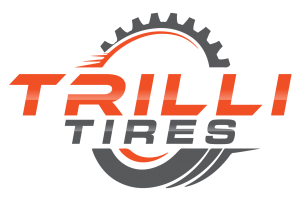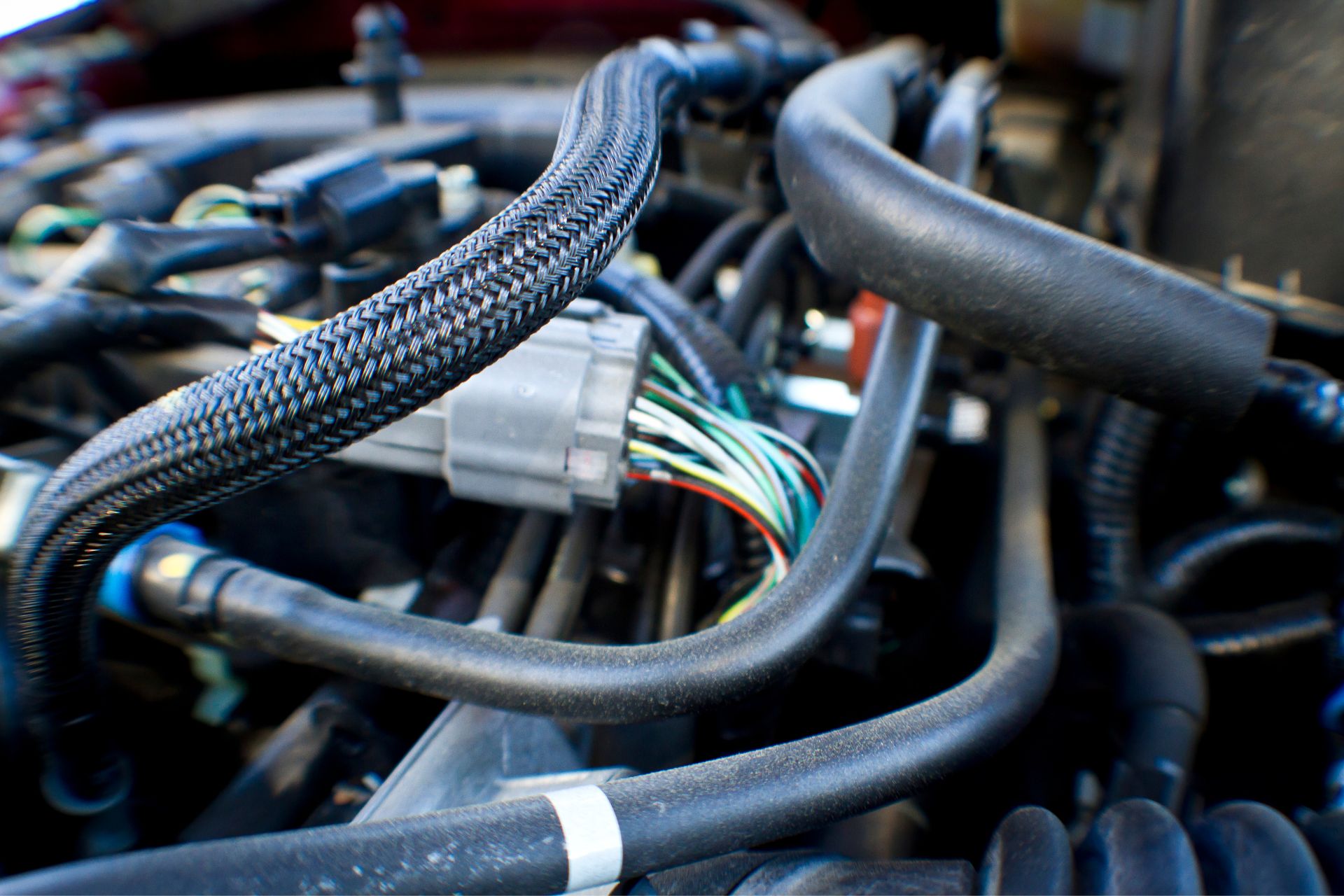Modern vehicles rely on a network of hoses and lines to operate efficiently and safely. These components transport essential fluids and gases throughout the car’s systems, playing critical roles in engine performance, cooling, braking, and more. While most drivers rarely think about them, understanding the types of hoses used in your vehicle can help you recognize issues early and ensure smoother, longer-lasting performance.
In this article, we explore the main types of automotive hoses and lines, their functions, common materials, and signs of wear. Whether you’re a car enthusiast or a daily commuter, knowing how these parts contribute to your vehicle’s functionality can be incredibly valuable.
Radiator Hoses
Radiator hoses are perhaps the most well-known type found in a vehicle. These hoses are part of the engine’s cooling system and are responsible for transporting coolant between the engine, radiator, and thermostat.
There are typically two radiator hoses in most vehicles:
- Upper radiator hose: Connects the engine to the top of the radiator.
- Lower radiator hose: Connects the bottom of the radiator to the water pump.
These hoses are designed to withstand high temperatures and pressure as they handle hot coolant coming from the engine. They are usually made of durable rubber with internal fabric reinforcement to prevent bursting or collapsing.
Signs of wear include swelling, cracks, leaks, and sponginess. A burst radiator hose can lead to overheating, so regular inspection is key.
Heater Hoses
They are part of the vehicle’s climate control system. They carry hot coolant from the engine to the heater core, which then uses the heat to warm up the air that enters the cabin.
While similar in function and material to radiator hoses, heater hoses are typically smaller in diameter and run through tighter areas. They are also subjected to high temperatures and need to remain flexible to accommodate engine movement.
Common problems include cracking due to age, soft spots from internal degradation, and leaks that can cause the vehicle’s heating system to malfunction or lead to coolant loss.
Fuel Lines
Fuel lines are essential for delivering gasoline or diesel from the fuel tank to the engine. These lines must be resistant to heat, pressure, and chemical corrosion. They come in several types depending on the section of the fuel system:
- Rubber fuel hoses: Flexible and used in low-pressure applications like return lines.
- Steel fuel lines: Common in high-pressure systems for fuel injection.
- Nylon fuel lines: Lightweight, corrosion-resistant, and found in many modern vehicles.
Leaks in fuel lines are dangerous, as they can lead to engine misfires, reduced fuel efficiency, or even fire hazards. Symptoms include fuel odours, visible leaks, and difficulty starting the vehicle.
Brake Lines
Brake lines are part of the hydraulic braking system and carry brake fluid from the master cylinder to the brake callipers or wheel cylinders. They must withstand high pressure and deliver consistent fluid flow to ensure reliable braking performance.
There are two types of brake lines:
- Steel brake lines: Rigid lines that run the length of the vehicle.
- Rubber brake hoses: Flexible hoses that connect the steel lines to the brake callipers, allowing for movement with the suspension.
Over time, rubber hoses can dry out and crack, while steel lines may corrode. Signs of brake line failure include a soft brake pedal, leaking fluid near the wheels, or decreased braking efficiency. Because brake lines are critical for safety, any damage should be addressed immediately.
Vacuum Hoses
They are used in a wide range of systems, including emissions control, power brakes, and HVAC systems. These hoses transfer vacuum pressure created by the engine to operate different components.
They are typically small in diameter and made from rubber or silicone. While they don’t carry fluids, they must be airtight to maintain vacuum pressure.
Common issues include cracking, hardening, or disconnection. A leaking vacuum hose can cause poor engine performance, rough idling, or a check engine light. Since they often control emissions-related systems, damage to vacuum hoses can also result in failed smog tests.
Power Steering Hoses
Power steering hoses carry hydraulic fluid between the power steering pump, steering rack, and fluid reservoir. They help the driver steer the vehicle more easily by using hydraulic pressure to assist with movement.
There are usually two types:
- High-pressure hose: Delivers pressurized fluid from the pump to the steering gear.
- Return hose: Carries fluid back to the reservoir.
These hoses must resist both pressure and heat. Over time, they can leak or develop internal blockages. Symptoms include difficulty steering, whining noises, and fluid leaks under the vehicle near the steering components.
Transmission Cooler Lines
These lines transport transmission fluid between the transmission and an external cooler, often integrated with the radiator. Their main role is to regulate the temperature of the transmission fluid and prevent overheating.
Most cooler lines are made of steel or rubber, with rubber sections connecting to moving parts. Heat and pressure can cause deterioration, leading to leaks or poor cooling performance.
Signs of trouble include slipping gears, transmission overheating, and fluid stains near the front of the vehicle.
Air Conditioning Hoses
A vehicle’s A/C system uses specialized hoses to carry refrigerant gas and oil between components like the compressor, condenser, evaporator, and expansion valve. These hoses must withstand high pressure and remain sealed to prevent refrigerant loss.
Unlike other rubber hoses, A/C hoses are often constructed with multiple layers and reinforced with aluminum or fabric to resist refrigerant permeation and vibration.
Leaks can reduce cooling performance and release harmful refrigerants into the atmosphere. If your air conditioner is blowing warm air, damaged hoses may be to blame.
Crankcase Ventilation Hoses
These hoses are part of the Positive Crankcase Ventilation (PCV) system, which allows built-up gases inside the engine to be safely re-routed back into the combustion process. This reduces harmful emissions and keeps the engine running efficiently.
Crankcase hoses are usually rubber or plastic and can become brittle with age. Cracked or disconnected hoses can lead to poor fuel economy, increased emissions, or oil leaks.
Turbocharger and Intercooler Hoses
In turbocharged engines, these hoses carry pressurized air from the turbocharger to the intercooler and then to the intake manifold. They must handle high temperatures and pressure while maintaining airtight seals.
Made from silicone or rubber with multiple reinforcement layers, these hoses play a key role in engine performance. A leak or rupture can lead to loss of power, reduced boost, and warning lights.
Emissions Hoses
Vehicles include a range of hoses tied to the emissions system, such as those connecting to the EVAP canister, EGR valve, or secondary air injection system. They help manage and reduce harmful exhaust gases by routing them through different components for processing or recirculation.
Because they’re often exposed to heat and engine vibration, emissions hoses can deteriorate over time. Leaks may cause warning lights, failed emissions tests, or rough engine performance.
Materials Used in Automotive Hoses
The choice of material for each hose depends on its function, temperature range, and pressure load. Common materials include:
- Rubber: Affordable and flexible, used in many coolant, vacuum, and fuel applications.
- Silicone: More resistant to heat and aging than rubber, often used in performance vehicles.
- Reinforced rubber: Contains fabric or mesh layers for added strength in high-pressure systems.
- Metal (steel or aluminum): Used in rigid applications like brake and transmission lines.
- Plastic/nylon: Lightweight and corrosion-resistant, often used for fuel lines in modern vehicles.
Each material has its advantages and limitations, and manufacturers select based on durability, cost, and performance needs.
The Importance of Regular Inspection
Because hoses are exposed to heat, chemicals, and constant vibration, they are prone to wear and failure. Regular inspection can help you catch problems early and avoid breakdowns. Check for:
- Cracks or splits
- Swelling or soft spots
- Leaks or drips
- Loose or corroded clamps
- Unusual odours or fluid stains
Replacing a damaged hose promptly is far more cost-effective than dealing with the consequences of a failure, such as engine overheating or brake failure.
Trust TrilliTires in Richmond Hill for Expert Hose Inspection and Replacement
Whether it’s radiator hoses, brake lines, or fuel system components, TrilliTires in Richmond Hill offers thorough inspections and reliable replacements to keep your car running smoothly. Book your service today and drive with confidence knowing your vehicle is in expert hands.

